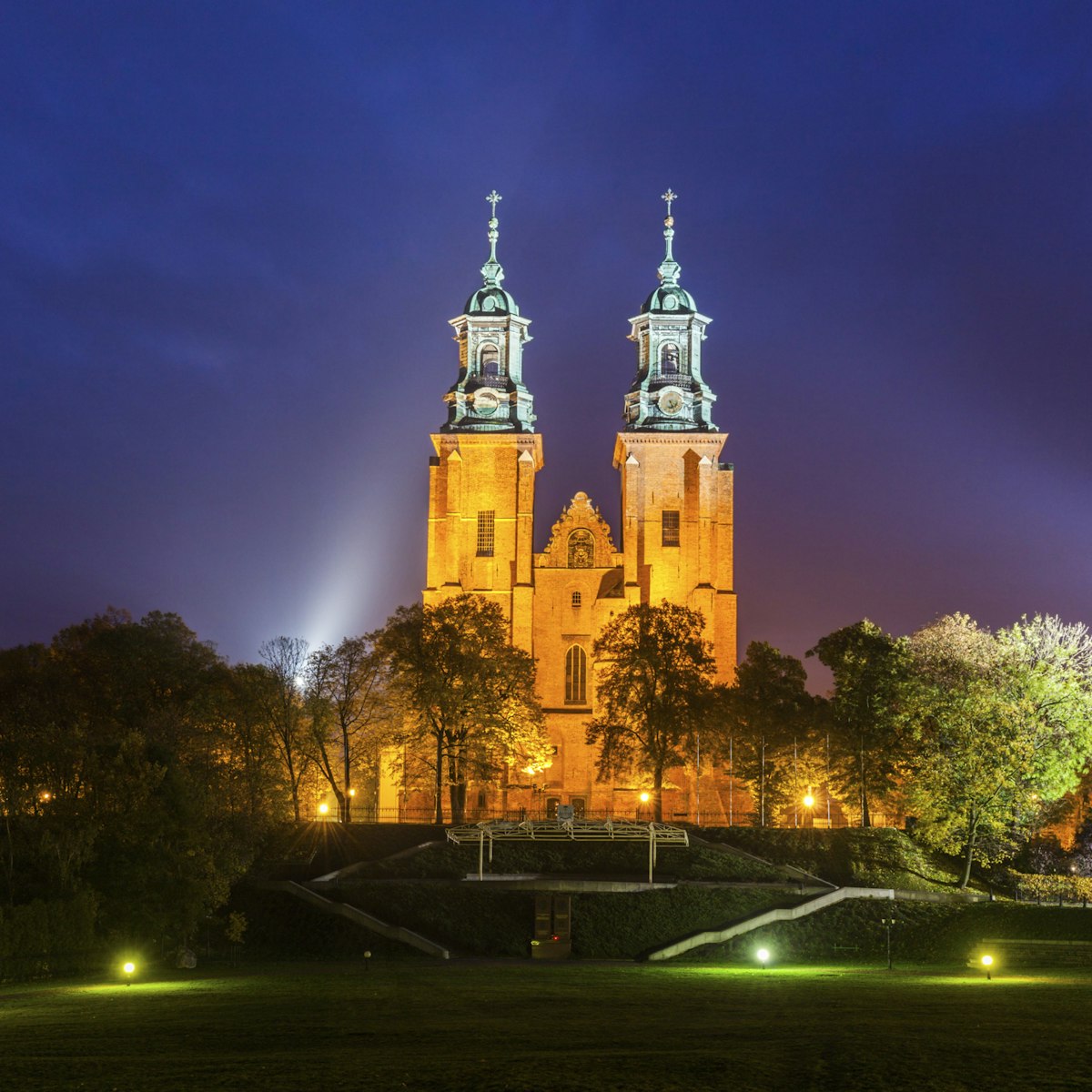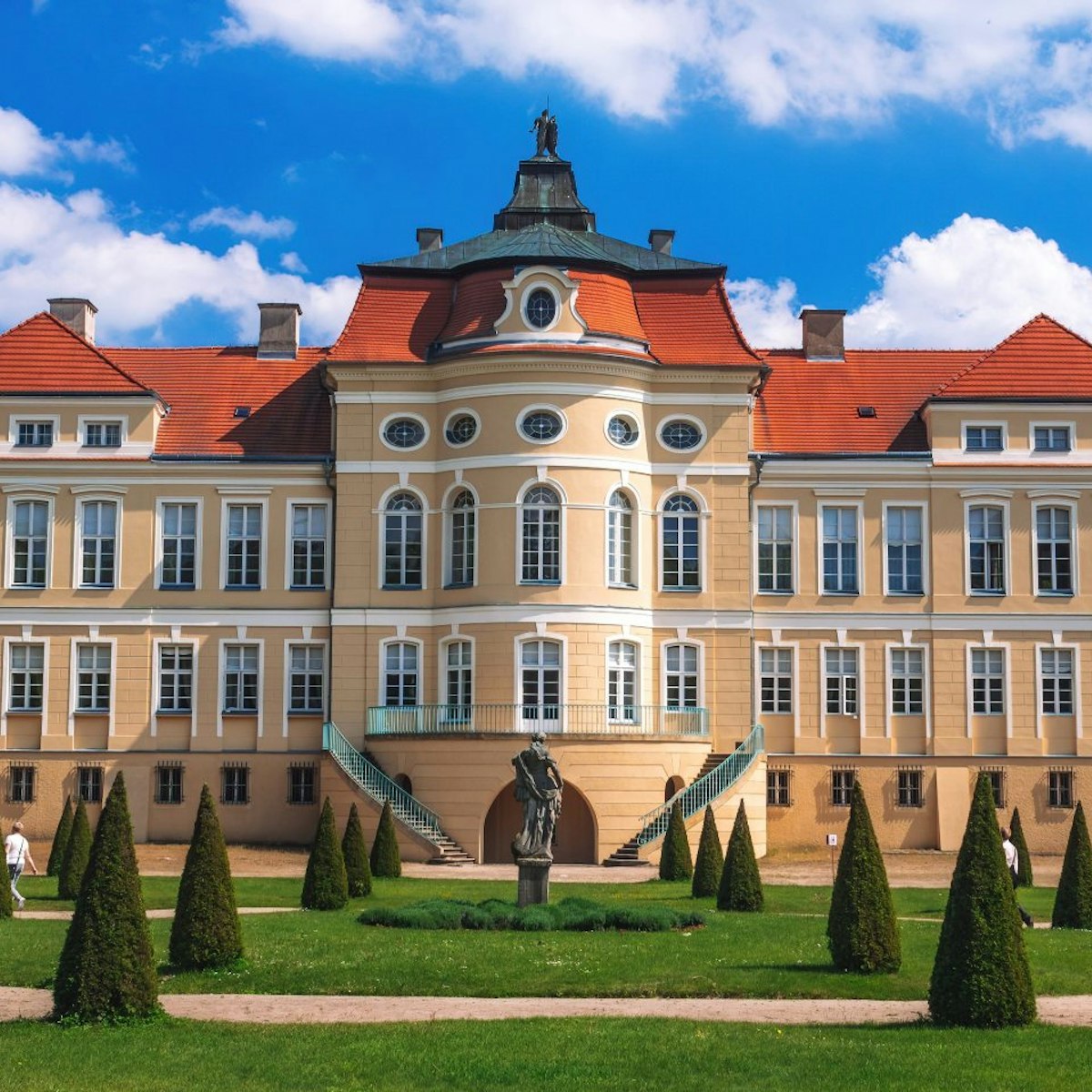This museum in Poznań's town hall displays an interesting exhibition on the city's history in splendid interiors. The richly ornamented Renaissance Hall on the 1st floor is a real gem, with its original stucco work and paintings from 1555. The 2nd floor contains artefacts from the Prussian/German period, documents illustrating city life in the 1920s and '30s, and a collection of interesting memorabilia from the past two centuries.
In front of the building, near the main entrance, is the pręgierz (whipping post), once the site of public floggings – and of more serious penalties. The original miniature model executioner which accompanied the post, dating from 1535, is on display in the museum.


